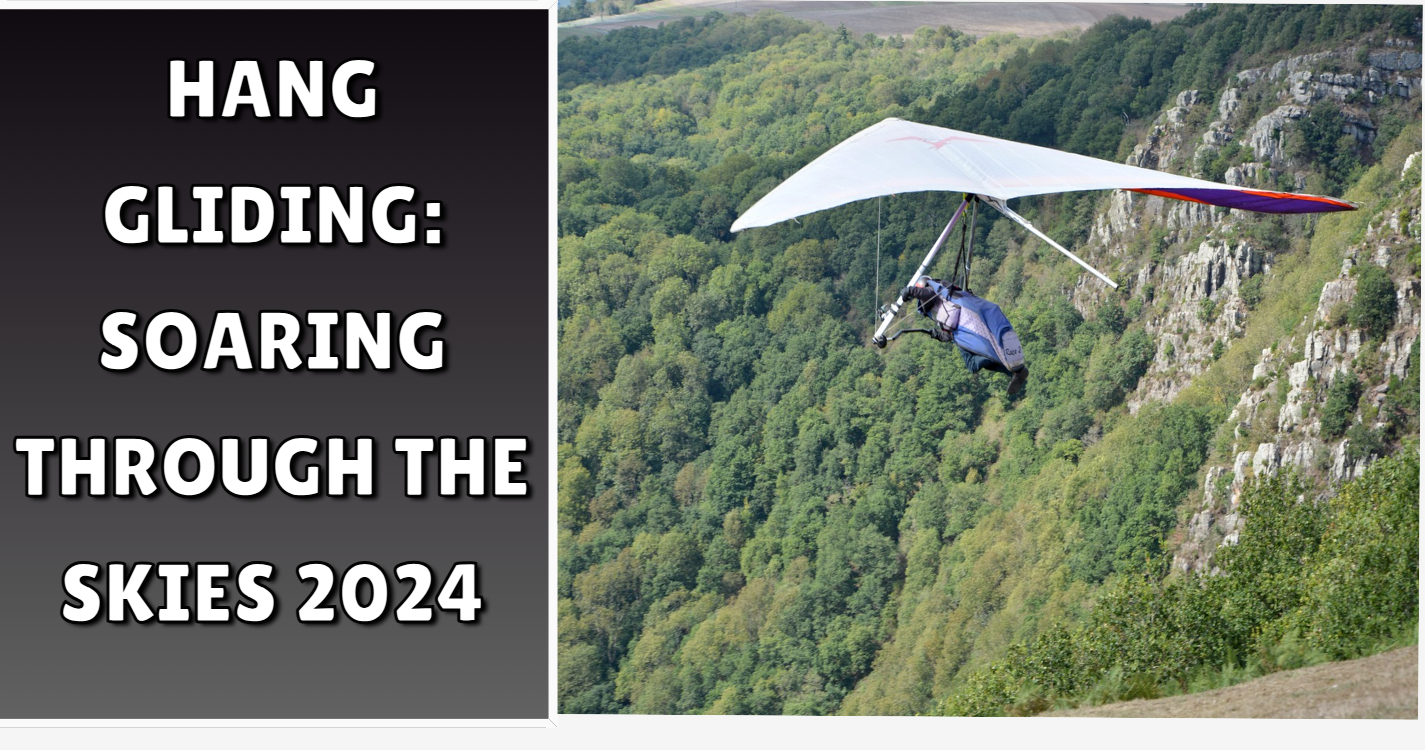Hang gliding is the art and sport of flying lightweight, non-motorized gliders using air currents to stay aloft. For many, it’s the closest humans can come to the dream of free flight, offering a unique blend of adventure, skill, and connection with nature. This thrilling activity appeals to both adrenaline junkies seeking the rush of flight and those looking for serene moments above breathtaking landscapes.
In this article, we’ll explore the origins of , how it works, what to expect as a beginner, and some of the best locations worldwide to experience this remarkable sport. A table summarizing key facts about hang gliding is included to provide quick insights into this captivating activity.
A Brief History of Hang Gliding
The origins of trace back to the 19th century, inspired by the experiments of aviation pioneers like Otto Lilienthal. Lilienthal’s early designs demonstrated the feasibility of human flight using controllable gliders. Over time, advancements in materials and aerodynamic understanding transformed into a practical and recreational sport.
In the 1960s and 70s, modern took off—literally. The development of durable, lightweight materials such as aluminum and synthetic fabrics revolutionized the sport. By the 1980s, hang gliding had become a global phenomenon, with competitions, associations, and a growing community of enthusiasts.
How Hang Gliding Works
Hang gliding relies on the principles of aerodynamics. The glider, typically a delta-wing design, is constructed from lightweight materials like aluminum or carbon fiber, with a durable fabric stretched across the frame.
Key components of include:
- Lift: Air currents rising due to thermal activity or wind deflection off hills and mountains provide lift to the glider.
- Control: Pilots shift their body weight to steer, climb, or descend. Leaning forward increases speed, while leaning back slows the glider.
- Launch and Landing: Most flights begin with a run off a hill or cliff, while landings require gentle gliding onto a flat surface.
Hang gliders can achieve speeds of up to 50 mph and altitudes of several thousand feet, offering pilots unparalleled views and the exhilarating sensation of flight.
What to Expect as a Beginner
If you’ve never tried hang gliding, starting can feel daunting—but with the right guidance, it’s an accessible and rewarding experience.
Training
Beginners usually start with a tandem flight alongside an experienced instructor. During a tandem flight, the instructor handles takeoff, navigation, and landing, allowing the beginner to focus on the sensation of flying. Ground training includes basic safety instructions, equipment familiarization, and learning how to shift body weight for control.
The Flight
A typical beginner’s flight lasts 20–30 minutes, depending on weather conditions. Expect to feel a mix of excitement and tranquility as you glide through the air, surrounded by expansive views.
Equipment
Most beginners don’t need to buy equipment immediately, as rental gliders and safety gear are provided by training schools. For those looking to pursue hang gliding seriously, a complete setup—including a glider, harness, helmet, and variometer—can cost $3,000–$5,000
- Physical Fitness: Hang gliding requires core strength and stamina, especially when running during takeoff and landing.
- Mental Clarity: The meditative experience of flying clears the mind and reduces stress.
- Connection with Nature: Soaring through the air provides a unique perspective on landscapes, deepening one’s appreciation for the natural world.
- Community: Joining the hang gliding community offers camaraderie and shared experiences with fellow enthusiasts.

Safety and Tips
While hang gliding is generally safe when proper precautions are followed, it’s essential to prioritize safety:
- Training: Always train with a certified instructor and practice under controlled conditions.
- Weather Awareness: Check forecasts for wind speed, direction, and thermal activity before flying.
- Start Small: Begin with tandem flights and gradually progress to solo flights as your skills improve.
Conclusion
Hang gliding is a gateway to the skies, combining adventure, skill, and a profound connection to the environment. Whether you’re gliding over Brazil’s beaches, Switzerland’s Alps, or the cliffs of California, the experience is unforgettable. With proper training, equipment, and respect for nature, anyone can embrace the freedom of flight.
So, if you’ve ever dreamed of soaring like a bird, now is the perfect time to try hang gliding. The sky is waiting—are you ready to take the leap?






